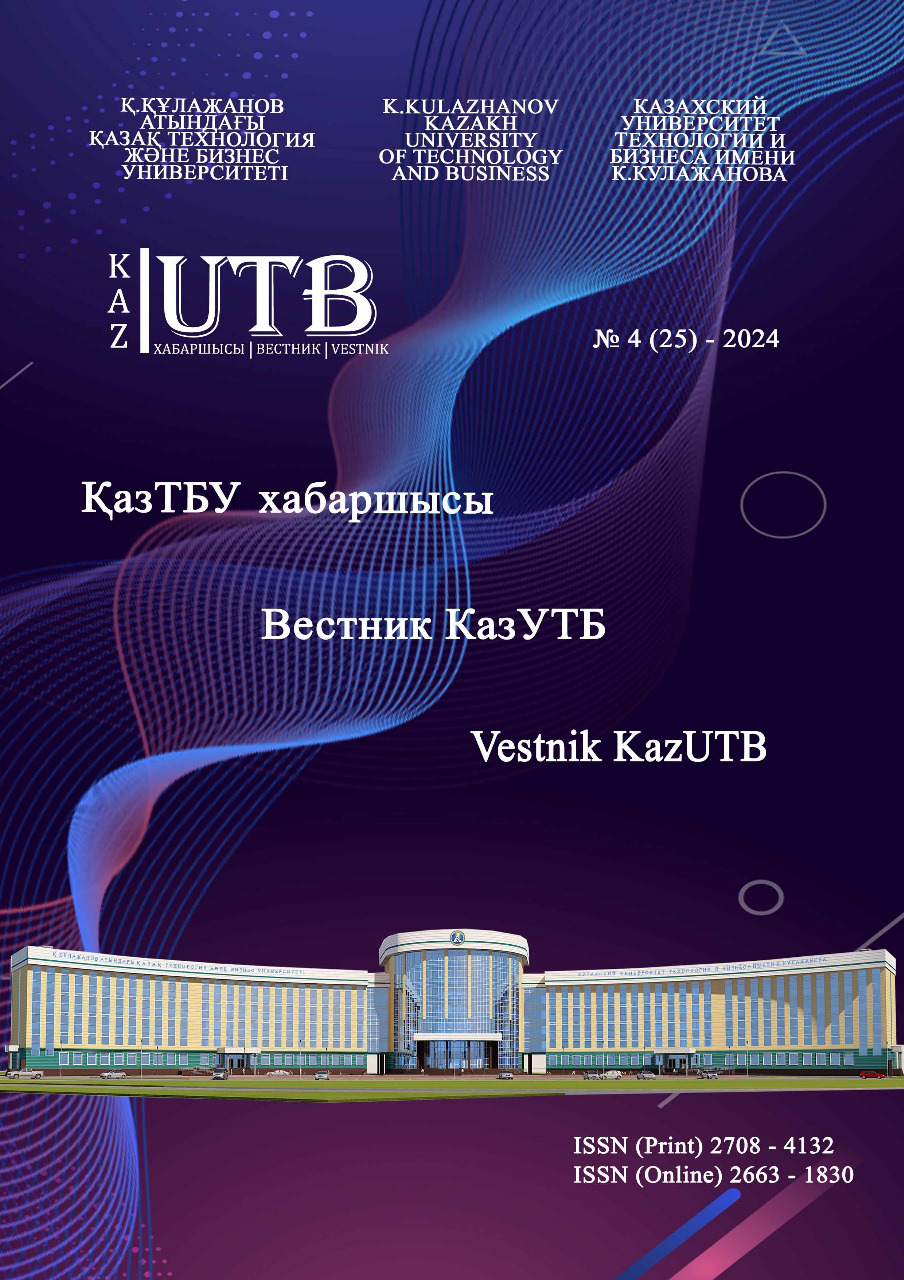Меню


Information and communication and chemical technologies
No. 4 (25) - 2024 / 2024-12-31 — Updated on 2024-12-31 / Number of views: 75
THERMAL COMFORT PREDICTION USING SVM AND RANDOM FOREST MODEL
Authors
Keywords
Heating, ventilation, and air conditioning, temperature, thermal comfort, support vector machine (SVM), random forest (RF).
Link to DOI:
How to quote
Abstract
Predicting thermal comfort is crucial for optimizing built environments for human habitation, as it impacts health, productivity, and overall well-being. To address this imperative, interdisciplinary collaboration among architects, engineers, psychologists, and data scientists is needed to develop reliable predictive models that anticipate occupants’ thermal comfort preferences across diverse environmental conditions and architectural designs. Traditional methods rely on human comfort models, which can be subjective and time-consuming. Machine learning algorithms, such as Support Vector Machines (SVM) and Random Forest (RF), have been utilized to predict thermal comfort with high accuracy and efficiency. The Internet of Things (IoT) is revolutionizing the building management systems industry, with adaptive control algorithms and modular architectures exploring the IoT paradigm. This paper discusses the use of SVM and Random Forest algorithms for predicting thermal comfort in buildings, exploring their strengths and weaknesses and comparing their performance in different scenarios. The study analyzed a dataset of thermal comfort data, filtering by quantity and removing outliers. The data was split into 80% for training and 20% for testing. The study used SVM and Random Forest models to capture complex relationships between environmental parameters and thermal comfort responses. The results showed that the IQR method provided 3-4% accuracy, while the reducing label values method offered 20-23% accuracy. The study also tested the parameters of the models, resulting in a 2-4% difference between the two models. The study concluded that Random Forest appears more stable than SVM and plans to add new features to improve accuracy.



